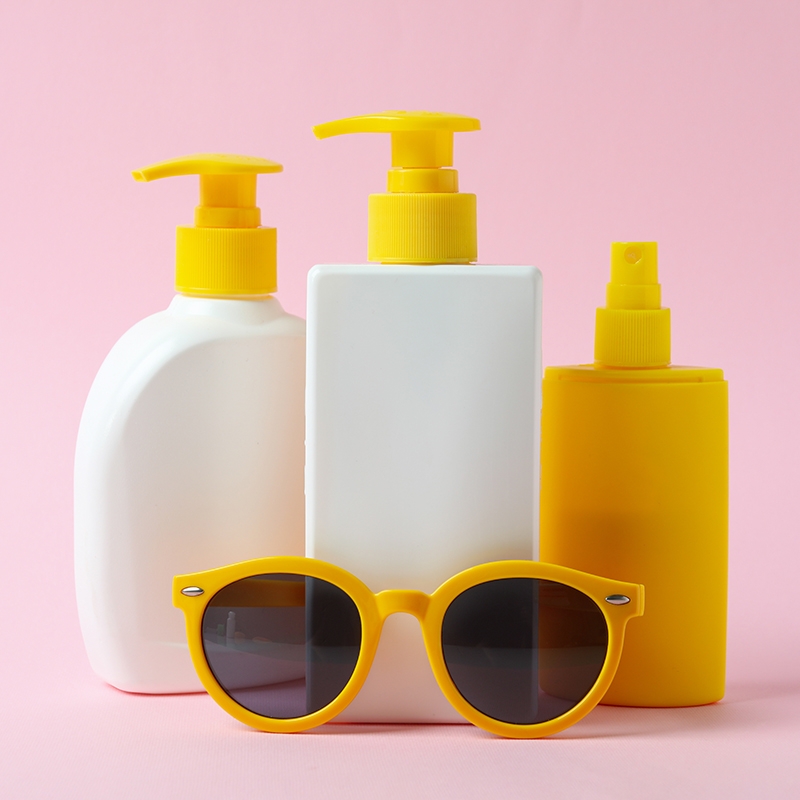
By: Naim B.
Year: 2021
School: South Lake Middle
Grade: 8
Science Teacher: Brenda Ahnn
Skin cancer is the fifth most common type of cancer amongst men and women. This project was done to test the effect of different types of sunscreens’ UV absorption rate on UV-sensitive paper that had been sitting out in the sun for 3 minutes.
Four different brands were used; Banana Boat, Coppertone, Equate, and Neutrogena. Each type of sunscreen was spread on certain parts of a see-through glass plate. Then the UV-sensitive paper was placed under the glass plate and taken out to the sun. After 3 minutes, the UV-sensitive paper was put in cold water. It was left to dry under the sunlight and then observed for any changes in color by using comparative data analysis and comparing certain parts of the UV-sensitive paper to the other parts, as well as the controlled variable of not using sunscreen.
This was done 9 different times for each type of sunscreen. The changes in color were then compared in order to ascertain which type of sunscreen did the best and why. The hypothesis was that Neutrogena would protect the best.
The hypothesis was correct. Neutrogena absorbed the greatest amount of UV rays. The average amount of how much it protected the UV-sensitive paper was 1.2 lightness, compared to 3.3 for Coppertone, 2.1 for Banana Boat, and 2.4 for Equate. After going the active ingredients, it was found that Neutrogena used higher amounts of Avobenzone, Homosalate, Octocrylene, and Octisalate compared to the other products. Neutrogena had 3% more Avobenzone than the second leading product, 2% more Homosalate, 3% more Octocrylene, and 4% more Octisalate. Neutrogena had the highest amounts of Avobenzone, Homosalate, Octocrylene, and Octisalate resulting in it having the highest amount of UV rays absorption than the other companies. After further research, Naim was able to conclude that having a higher amount of Octocrylene was most helpful.
